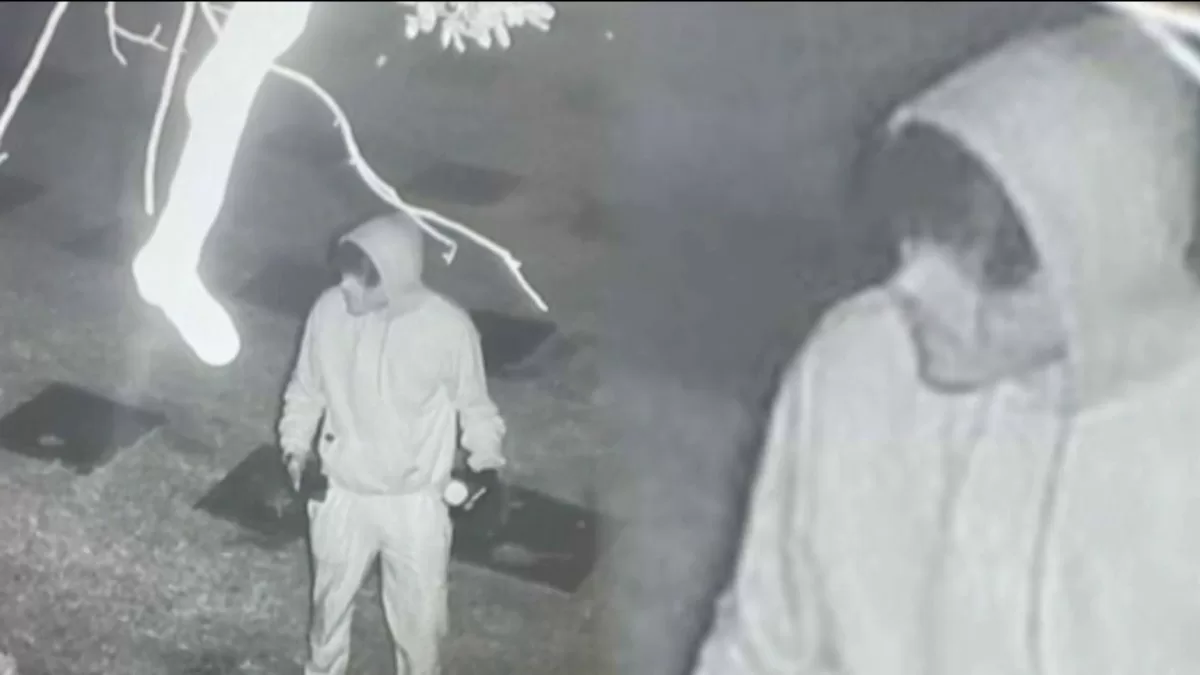Planet HIP 99770 b was found orbiting a star nearly twice the mass of the Sun. It was discovered by means of the Subaru telescope, from Japan, and the Gaia satellite, from the European Space Agency, which managed to identify the gravitational “pull” on the star, caused by the presence of the world. Together, the methods used represent new possibilities for exoplanet discovery.
HIP 99770 is an exoplanet (the name given to those orbiting other stars) nearly 16 times more massive than Jupiter. Although its orbit around its star is more than three times greater than that of the gas giant around the Sun, it receives almost the same amount of light as Jupiter because the star is much more luminous than our star.
It was discovered through what the scientists involved in the discovery described as a “different strategy.” To do so, they worked with a catalog of data from the Gaia mission, looking for planets that appeared to “wobble” in the sky. The catalog combined data of Gaia with those of the European Hipparcos mission, allowing comparison of the position of the stars.
With the data, they found some stars that appeared to shift position in a way that suggested they were orbited by giant planets. Then, with observations from the Subaru telescope, they found the exoplanet, showing the success of two different methods of searching for these worlds.
This aspect of the discovery is especially important since, historically, most exoplanets have been found by indirect methods, whereby scientists presume their existence from the effects they have on their stars. It is also possible to work with direct detections, but they are more difficult because, for the planets to be visible to the “eyes” of telescopes, they need to be massive and far away from the star.
The problem with direct and indirect detection methods is that they offer different information about the discovered planets — but in the case of the new study, the researchers got “the best of both worlds” with the Gaia and Subaru data combined. “(HIP 99770 b) is the proof of concept of this new strategy for finding planets that can provide images, and it will get much better in the next five years,” said Thayne Currie, scientist at the National Astronomical Observatory of Japan.
The article describing the discovery was published in the journal Science.





